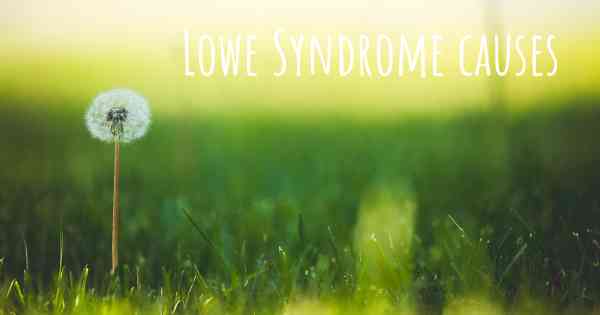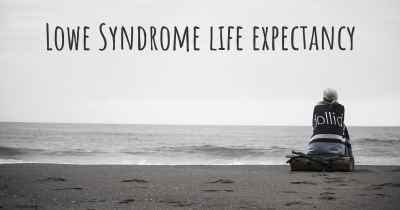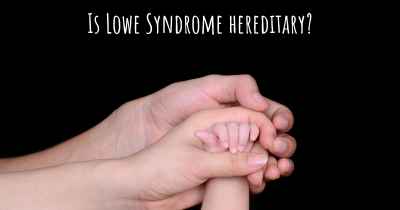Which are the causes of Lowe Syndrome?
See some of the causes of Lowe Syndrome according to people who have experience in Lowe Syndrome

Lowe Syndrome is a rare genetic disorder that primarily affects males. It is characterized by a combination of eye abnormalities, kidney problems, and intellectual disabilities. The syndrome was first described by Dr. Charles Lowe in 1952, hence the name.
Cause:
The underlying cause of Lowe Syndrome is a mutation in the OCRL gene, which is located on the X chromosome. This gene provides instructions for producing an enzyme called inositol polyphosphate 5-phosphatase, which is involved in various cellular processes. The mutation in the OCRL gene leads to a deficiency or complete absence of this enzyme, resulting in the symptoms associated with Lowe Syndrome.
Inheritance:
Lowe Syndrome follows an X-linked recessive pattern of inheritance. This means that the mutated gene is located on the X chromosome, one of the two sex chromosomes. Males have one X and one Y chromosome, while females have two X chromosomes. Since males have only one copy of the X chromosome, a single mutation in the OCRL gene is enough to cause the syndrome. In females, who have two X chromosomes, a mutation would need to be present on both copies of the gene to develop the full syndrome. However, females with a single mutated copy of the gene may still exhibit some milder symptoms.
Role of the OCRL gene:
The OCRL gene plays a crucial role in regulating the levels of a molecule called phosphatidylinositol 4,5-bisphosphate (PIP2) within cells. PIP2 is involved in various cellular processes, including cell signaling, membrane trafficking, and cytoskeletal organization. The inositol polyphosphate 5-phosphatase enzyme produced by the OCRL gene helps remove a phosphate group from PIP2, converting it into phosphatidylinositol 4-phosphate (PIP). This conversion is essential for maintaining proper cellular function.
Effects on the body:
The deficiency of inositol polyphosphate 5-phosphatase enzyme in Lowe Syndrome leads to an accumulation of PIP2 within cells. This disrupts various cellular processes and affects multiple organs and systems in the body.
Eye abnormalities:
Lowe Syndrome is characterized by congenital cataracts, which are present from birth or develop shortly after. Cataracts cause clouding of the lens in the eye, leading to impaired vision or blindness. Other eye abnormalities may include glaucoma, which is increased pressure within the eye, and a condition called "screwdriver-shaped" lens, where the lens has an abnormal shape.
Kidney problems:
Individuals with Lowe Syndrome often develop a condition called Fanconi syndrome, which affects the kidneys. Fanconi syndrome is characterized by the impaired reabsorption of various substances in the kidney tubules, leading to excessive loss of important molecules such as glucose, amino acids, phosphate, and bicarbonate in the urine. This can result in growth retardation, electrolyte imbalances, and metabolic acidosis.
Intellectual disabilities:
Lowe Syndrome is associated with intellectual disabilities of varying degrees. The exact mechanisms by which the OCRL gene mutation leads to cognitive impairment are not fully understood. However, it is believed that the disrupted cellular processes and altered signaling pathways in the brain contribute to the intellectual disabilities observed in affected individuals.
Other features:
In addition to the primary symptoms mentioned above, Lowe Syndrome can also involve other features such as muscle weakness, joint abnormalities, delayed motor development, seizures, and behavioral problems. The severity and combination of symptoms can vary widely among affected individuals.
Conclusion:
Lowe Syndrome is caused by a mutation in the OCRL gene, leading to a deficiency of the inositol polyphosphate 5-phosphatase enzyme. This deficiency disrupts cellular processes, resulting in eye abnormalities, kidney problems, and intellectual disabilities. The syndrome follows an X-linked recessive pattern of inheritance and primarily affects males. Early diagnosis and management of the various symptoms are crucial in improving the quality of life for individuals with Lowe Syndrome.








